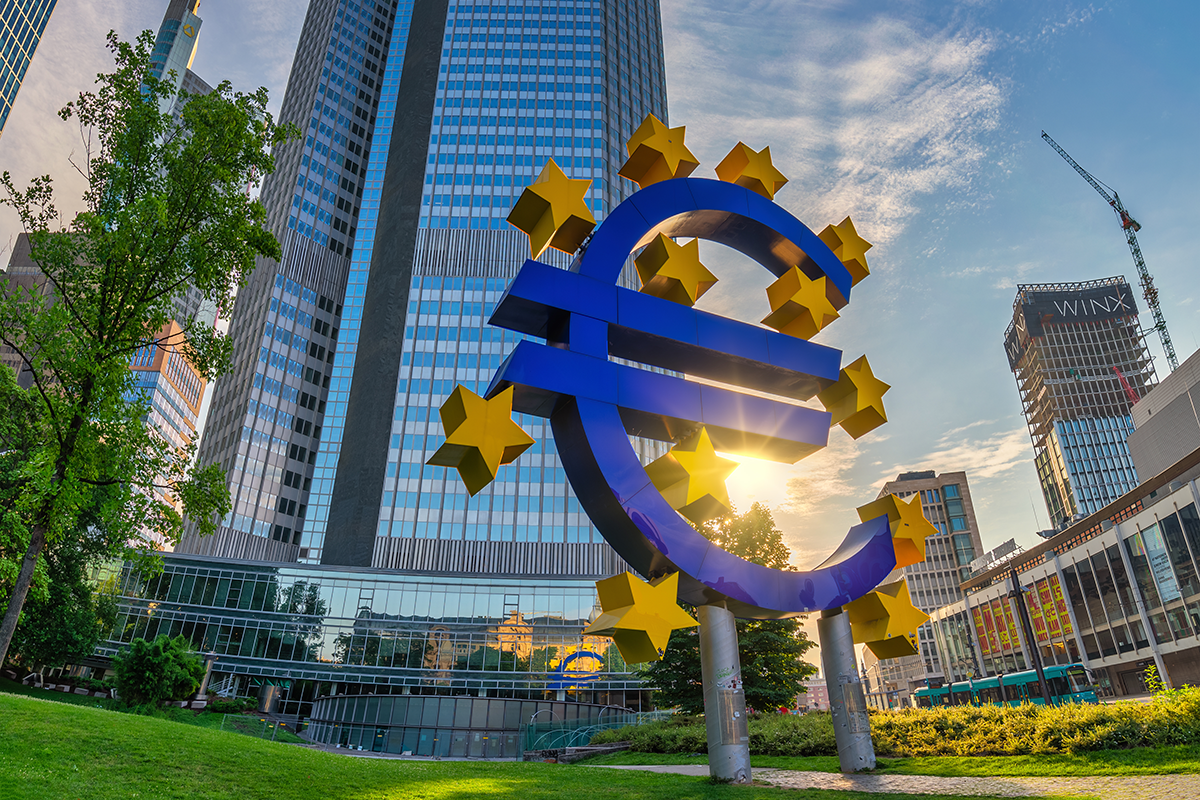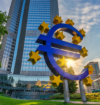Inflation in Euro Area Holds as Expected
The Euro Area annual inflation rate held steady at 2.4% in April, consistent with March’s rate and marking the lowest level seen in the past two and a half years, according to the latest data from Eurostat.
By The Numbers:
- Despite the annual inflation rate remaining unchanged, consumer prices rose by 0.6% in April. This increase was slightly lower than the 0.8% rise recorded in March but aligned with the 0.6% rise reported in February.
- Core inflation, which excludes volatile items such as energy and food, slowed to 2.7% in April, down from 2.9% in March. This marks the lowest core inflation rate since February 2022, indicating a potential easing of underlying price pressures.
Goods Vs Services. The primary driver of the annual inflation rate in the euro area was the services sector, which contributed +1.64 percentage points. The inflation dynamics in the euro area mirror those in the U.S., where the services sector also plays a significant role in driving inflationOther significant contributors included:
- Food, Alcohol & Tobacco: Added 0.5 percentage points
- Non-Energy Industrial Goods: Added 0.23 percentage points
In contrast, the energy sector had a slight negative impact, reducing overall inflation by 0.04 percentage points.
Looking Ahead: The steady inflation rate, coupled with the slight moderation in core inflation, suggests that price pressures may be stabilizing. However, the ongoing contributions from the services sector and other categories like food and non-energy industrial goods indicate that inflation remains a complex challenge for policymakers. As the euro area continues to navigate these inflationary trends, the European Central Bank (ECB) will likely maintain a close watch on these developments. The ECB’s monetary policy decisions in the coming months will be crucial in shaping the economic outlook and managing inflation expectations.



